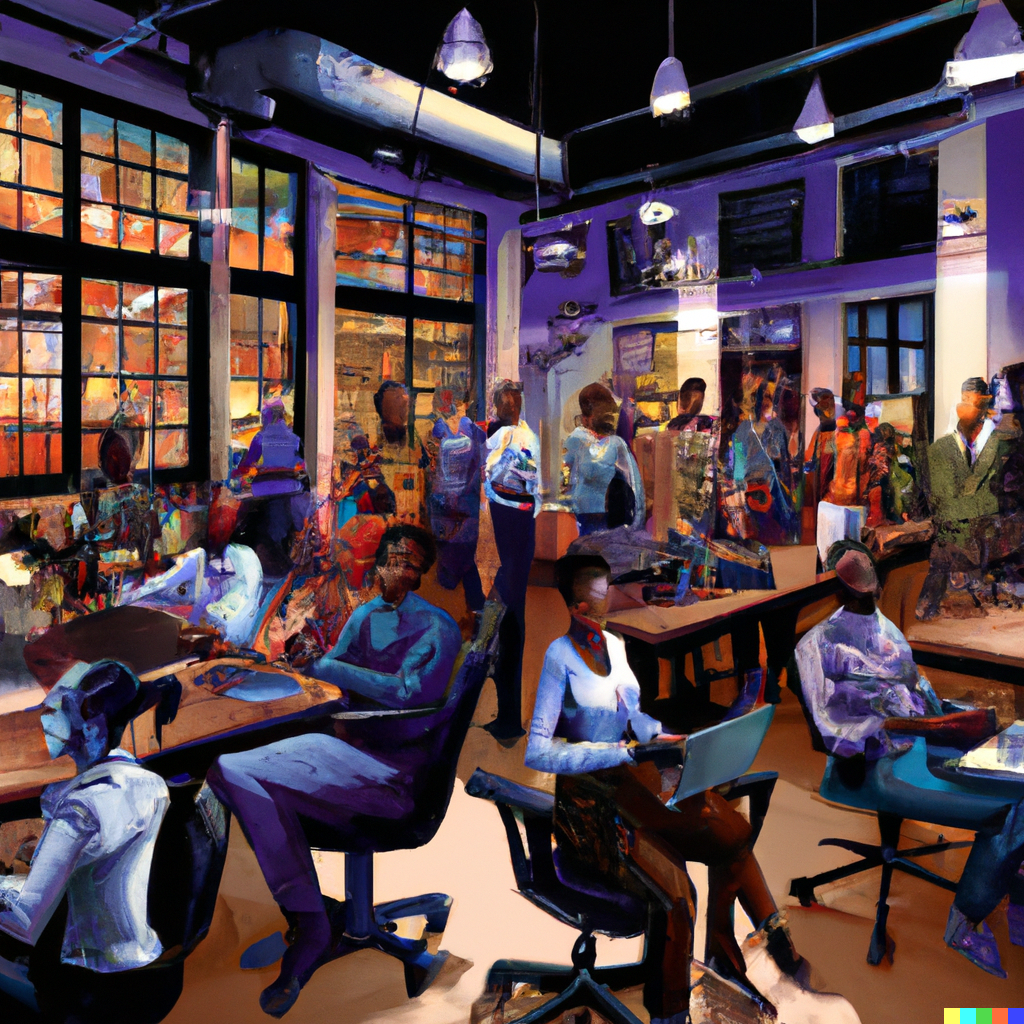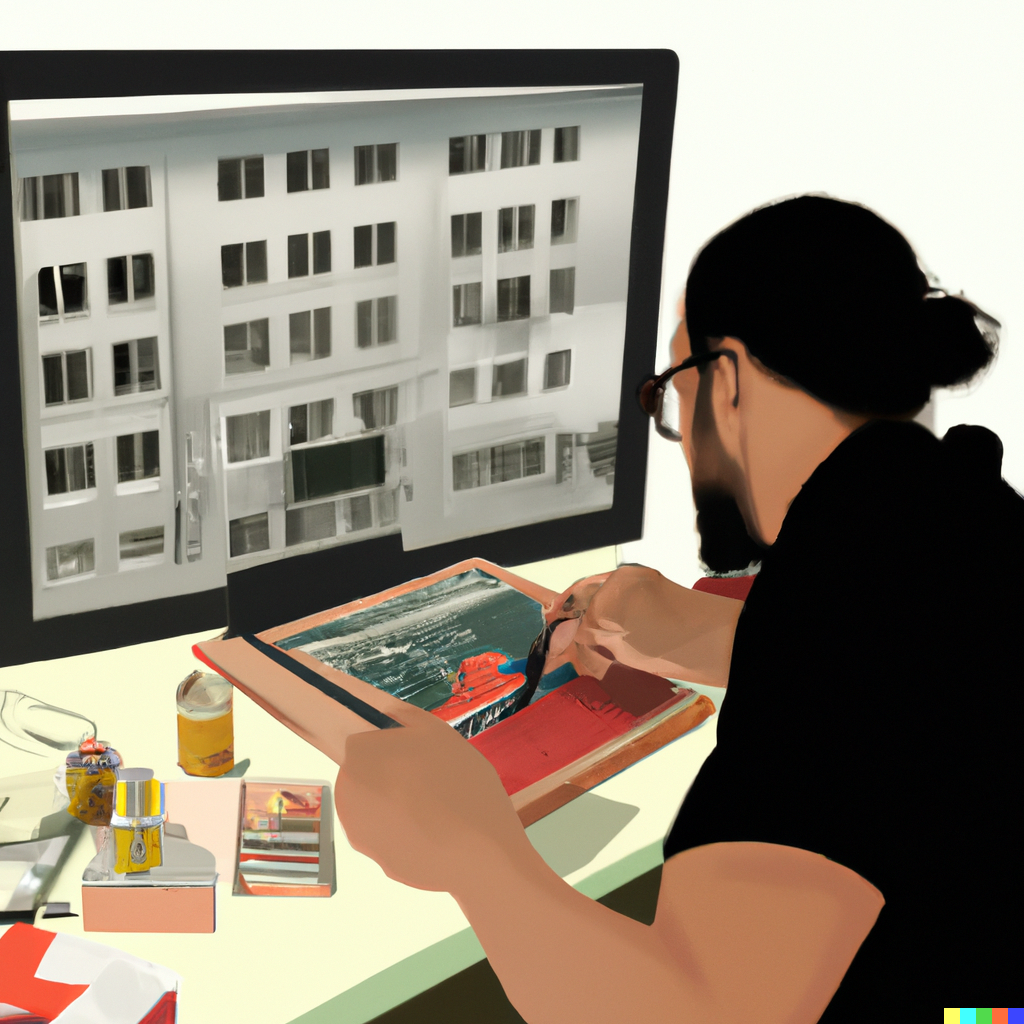2016-2023 - From Prediction to Reality: Coworking Trends Shaping the Future of Work
When you have spent long enough in a particular industry, it’s sometimes funny, and sometimes interesting to take a look back in time at the things you once wrote or thought about the industry. Flex and coworking spaces have become instrumental in reshaping how we approach the future of work, not only for the coworking community but for the entire workplace industry. Back in 2016, we delved into the emerging trends of the coworking industry in the article, "Coworking: What Can We Expect in 2016?" Today, 7 years on, in 2023, we’ve seen some of the trends outlined in the article become a reality, and that too, globally, and they are most definitely shaping the #futureofwork. We revisited the article to explore how the coworking movement and flex workspaces have evolved and how they play a crucial role in shaping the future of the workplace. 🚀
1. Embracing Remote Work and Flex Workspaces:
The #futureofwork is undeniably tied to remote and hybrid work, and flex workspaces are at the forefront of this revolution. The coworking community has been discussing, for years, the rise of remote work, digital nomads, coworkation or other trends where professionals gain the freedom to work from flexible locations. As the world adjusted to the pandemic-induced remote work in recent years, the demand for agile workspace solutions also soared. Fast forward to 2023, where flex workspaces and coworking spaces are essential in providing environments for remote teams and independent professionals. 🏢
 Remote worker - Image generated by Dall-e
Remote worker - Image generated by Dall-e
2. Corporate Transformation through Coworking:
The coworking movement has not only been embraced by freelancers and startups but has also sparked a corporate revolution. The #futureofwork is witnessing a significant shift as more businesses adopt coworking spaces to cultivate agile work environments. Multinational companies have recognised the value of coworking in reducing overhead costs, fostering innovation, and promoting collaborative work cultures. In 2023, the trend/adoption of corporate coworking now stronger than ever. 💼
 Coworking Space - Image generated by Dall-e
Coworking Space - Image generated by Dall-e
3. Community - The Heart of Coworking:
In the #futureofwork, the emphasis on the community remains a key driver for success in coworking spaces. As highlighted in the 2016 article, coworking thrives on creating strong communities, encouraging collaboration, and facilitating meaningful connections among members. In 2023, coworking spaces continue to excel in building vibrant ecosystems, hosting regular events, workshops, and fostering a sense of belonging and growth for all. 🤝
 Coworking Members - Image generated by Dall-e
Coworking Members - Image generated by Dall-e
4. Niche and Industry-Specific Coworking Spaces:
The coworking landscape in the #futureofwork has evolved to cater to specialised needs, thanks to niche and industry-specific coworking spaces. In line with the 2016 article, these spaces have flourished, serving tech startups, wellness practitioners, creative industries, and various other demographics. 🎯
5. Technological Advancements Driving Coworking:
As technology continues to reshape the #futureofwork, coworking spaces are quick to adapt and integrate innovative solutions. The 2016 article accurately anticipated the increasing use of technology to enhance coworking experiences. Although there’s still plenty of room to incorporate technology in coworking and flex workspaces, in 2023, we witness a tech-driven coworking landscape, featuring seamless member onboarding, smart access control, advanced room booking systems, and collaboration tools or AI-powered helpdesk systems. These technologies streamline operations and elevate tenants' experiences. 📱💻
 Makerspace - Image generated by Dall-e
Makerspace - Image generated by Dall-e
The future of the coworking and flex industry is poised for exciting changes and innovations in the coming years. Enhanced technological integration, hyper-personalisation, and a member-centred approach will be keys to the industry's future, take our word for it! Operators will focus on sustainability, fostering global connectivity, and promoting wellness initiatives. Evolving workspace designs will prioritise flexibility and creativity. Overall, the coworking and flex industry will continue to shape the #futureofwork. 🚀🌟
For more coworking trends and insights head over to FSO and keep an eye out for yet more Nexudus articles where we look to the next 7 years and beyond!
Related stories
Liz Elam: ‘Community is the number one amenity in coworking spaces’
A household name in the global coworking industry, Liz Elam, is the founder of one of the world’s best coworking event series: GCUC. Liz’s coworking roots began in 2010, when she established Link Coworking – a welcoming, affordable, and professional coworking space – in her hometown of Austin, Texas. Link Coworking achieved incredible success, expanding across three locations and becoming the fourth-largest coworking brand in Austin. It was sold in 2019, making Liz the first woman globally to exit a coworking brand.
Key Takeaways from the Coworking Alliance Summit 2025
Gathering online for the Coworking Alliance Summit last week, members of global coworking alliances, coworking spaces, and community leaders came together to navigate global issues, strengthen ties across the coworking industry, and work collectively towards future goals.
5 Ways to Reduce Noise in Open Offices & Coworking Spaces
Some people like working against a background of noise, while for others it’s their worst work nightmare. The truth is, our relationship with noise depends on our own preferences and the nature of our work.
Key takeaways from the Workspace Design Show 2025
London’s Workspace Design Show is undoubtedly one of the best coworking events of 2025. For one, the exhibition (held at Islington’s Business Design Centre) features a host of innovative and creative workspace design solutions tailored to the needs of modern workplaces.
What Is Workplace Management and Why Does It Matter?
There has always been a need for workplace management – the process of organising and optimising physical spaces, resources, and operations to support people’s needs. But, as 28% of UK working adults were reported to work in a hybrid capacity last autumn (by the Office for National Statistics), the question of ‘why workplace management matters’ is more critical than ever. Let’s look at the workplace management benefits for your operations.
10 Smart Goals for your Coworking Space: How to Set & Achieve Business Objectives
Coworking is synonymous with creativity, collaboration and productivity. Businesses and freelancers love coworking spaces because (by surrounding themselves with fellow workers) they’re more likely to achieve their goals. The coworking environment, while social, is set up to facilitate focused, distraction-free working.
The Best Coworking Events in 2025: Must-Attend Gatherings for Professionals
Managing coworking spaces is an all-encompassing role, often leaving operators, owners, and community managers with little time to focus on personal growth or draw inspiration from others.
10 Award-winning Coworking Space Designs: A Comprehensive Guide
Vibrant, contemporary workspaces create an undeniable ‘wow’ factor. Textured designs and ambient lighting make spaces feel warm and cosy, while natural elements and biophilic design features have literal mood-boosting properties.
The Power of People: Building a World-Class Team in Coworking
Coworking spaces thrive on the “co” – the collaborations, connections, and community – that can be formed within a flexible workspace. In fact, community activation is what transforms shared workspaces from mere buildings into vibrant, thriving hubs that empower people in their professional lives and create meaningful community experiences.
6 Powerful Storytelling Techniques to Elevate Your Coworking Space
If you've been reading about coworking space design recently, you've probably come across an article or two that mentions narrative design and wondered what exactly it is and how it differs from traditional interior design, as well as how it can be used to improve design.

